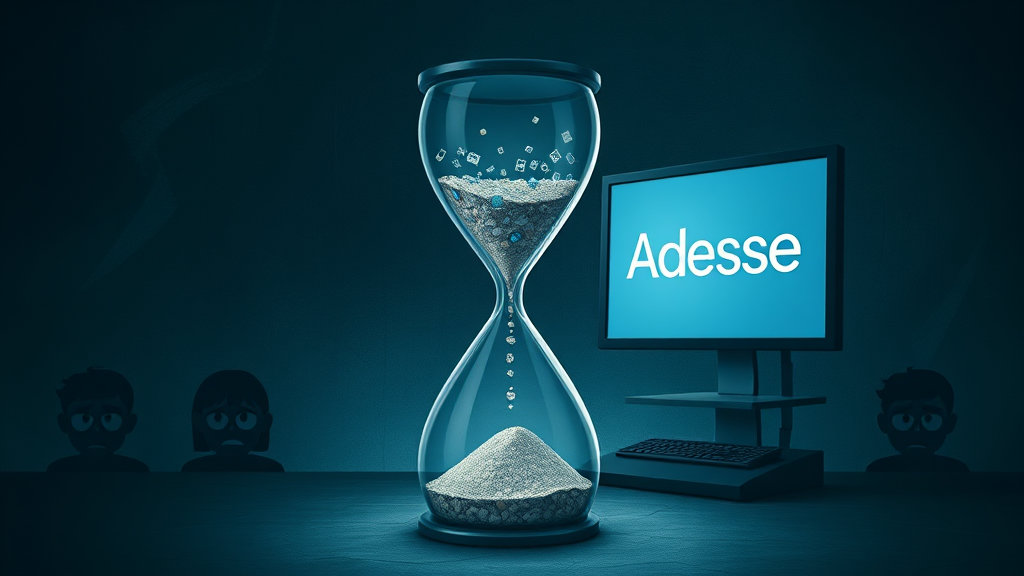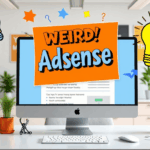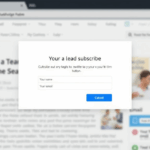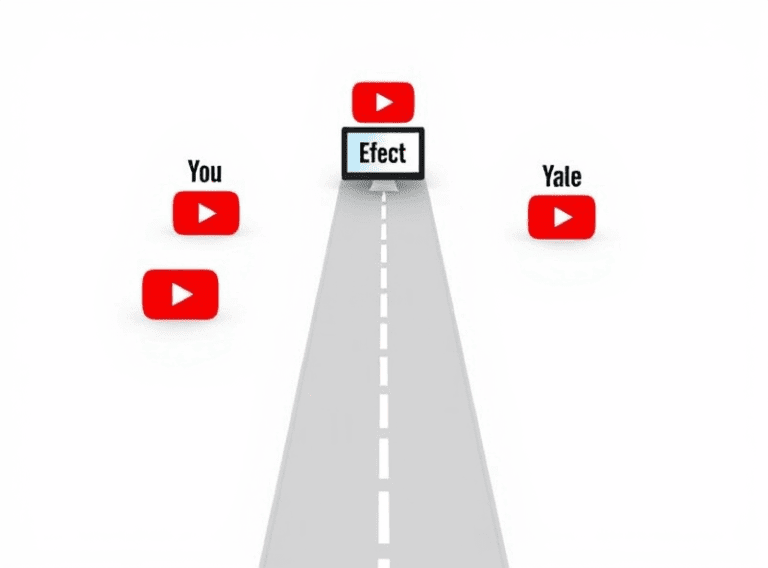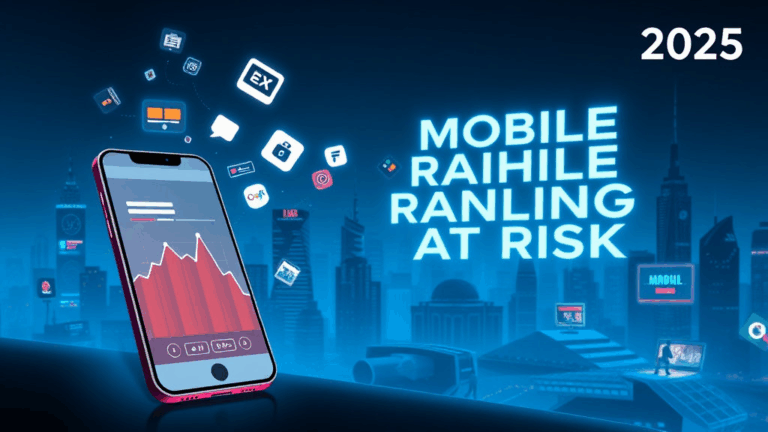AdSense Website Requirements That Will Quietly Break You
Auto-Ads Inject Into Weird DOM Positions
- Auto-ads really like empty
<div>tags. It doesn’t matter if you styled them to collapse — AdSense will gleefully slap an iframe in there. - I had banners randomly showing up **inside** cookie banners once. AdSense clearly isn’t DOM-aware beyond surface-level segmentation.
- Disabling enhanced Auto-ads settings helped a bit, but not consistently. The behavior oscillated based on scroll events and viewport sizes.
- Weird bug: On mobile Safari, sticky ad units slid **over** fixed-position navbars, even when z-index was locked down below the fold. It’s like stacking context got high and wandered off.
- Fix? Hard-coding ad slot positions and disabling Auto-ads completely is what finally made things stable — but then you’re back doing manual placements all over again.
Unsupported MIME Types Block Ad Requests
- This one took me forever to debug because there are no clean errors — just silent failures and no impressions.
- If your hosting setup (especially S3 or any custom nginx config) doesn’t serve JavaScript with
application/javascript, AdSense scripts can fail silently. - Example: DigitalOcean Spaces was serving cached .js files as
text/plain, which made AdSense’s loader scripts get blocked by Chrome’s stricter MIME policy. - Solution? Add headers forcefully via meta tags in some cases, or fix your origin headers if you’re CDN-ing through anything custom.
When Ad Review Center Ghosts Your Units
- I had one site stay in “No Ads Served” hell for a week. The Ad Review Center said everything was fine, yet no units rendered, and fill-rate stayed at zero.
- Eventually saw one rejected ad from some crypto thing, buried 20 pages down. Once I manually blocked all “blockchain interest” categories — boom, fill-rate bounced back the next day.
- Unverified hunch: if your content matches semi-ineligible niches even *adjacently*, AdSense quietly suppresses bidding without telling you.
- Logically dumb: if you’re denied sketchy ads, you’d think they’d at least show PSAs or low-value filler. Nope. Just silence.
Lazy-Loading Breaks Ad Rendering Timing
- You ever scroll halfway down a page on mobile and notice ads just, like, don’t exist? Not blocked. Not hidden. Just missing.
- Turns out certain lazy-loading libraries delay iframe loads based on viewport math that conflicts with how AdSense calculates its own viewport visibility.
- Especially true if you’ve got IntersectionObserver polyfills or ones with aggressive thresholds (e.g., < 10% visibility margin).
- I removed
lozad.jsfrom one project and ad performance shot back up, even though images loaded a second sooner. - Edge case: Chrome on Android throttles script execution in background tabs, so if an ad gets queued while offscreen, it just… never paints when you resume.
Responsive Ad Units Don’t Always Scale With Parent Containers
- Responsive unit sizing isn’t really fluid. It’s preset to key breakpoints (like 320, 468, 728) and your container div is only “suggestive”.
- I’ve found
width: 100%withmax-widthconstraints sometimes gets overwritten by inline styles injected via the iframe. - Debugging this one: open dev tools while the ad is rendering and inspect the ad div. Watch it balloon from 300 to 728px without touching your layout CSS.
- Partial fix: wrapping
.adsbygooglein a flex container withoverflow: hidden+ fixed height. It crops, but at least stops breaking mobile layout. - Aha quote from the inspector: “resizable, but not dimensionally aware.” That pretty much sums up Google’s stance.
Domain Verification Isn’t Actually Instant
- Don’t trust UI green-checkmarks. Just don’t. I added DNS records for domain verification, saw the green icon light up, but ads did not start running for three full days.
- Eventually hit a support thread that confirmed propagation is one thing, but “Ad-serving eligibility checks” loop asynchronously across your Content, Crawler, and Policy layers.
- Undocumented edge case: subdomains under Cloudflare DNS often flake — the verification ping hits the root but misses the actual ad-serving endpoint meta tags.
- Current workflow: set both A-record and TXT verification, push placeholder ad units live, wait for impressions — not panel checkmarks.
CSP Headers Can Casually Nuke Ads Without Warnings
- This is a quiet assassin. I added a strict content-security-policy to a React project, didn’t whitelist
pagead2.googlesyndication.com, and watched all ad requests fail *without* any user-visible errors. - Console will sometimes throw a non-blocking “refused to load insecure frame” — but not always. The iframe loads blank.
- If you inherit a project, check
meta[http-equiv="Content-Security-Policy"]for aggressivescript-srcorframe-srcdeclarations. - Tips to watch for:
- Allow
*.doubleclick.netinscript-src - Also include
pagead2.googlesyndication.com,googleads.g.doubleclick.net, andtpc.googlesyndication.com - If your site uses react-helmet, don’t dynamically inject your CSP — it won’t apply on first-load
- AdSense’s renderer sometimes pulls iframe content from subdomains not listed in docs — inspect network requests when all else fails
- Allow
AdSense Blocks Sites with Mixed Protocol Redirect Chains
- This one hit me during a Cloudflare switchover. My site redirected from http to https, but one CDN resource (a stale S3 asset) still redirected back to http.
- Googlebot flagged the site as “insecure” and flagged ad slots — even though TLS was active on all visible endpoints.
- Forget about the public message that “HTTPS is a minor factor” — AdSense *does* care if your request chain dips in and out of secure mode. Even once.
- Fix: use curl with
-L -vand check if any non-https hops occur. Also, validate with https://securityheaders.com — it flags inconsistent chains fast.
AMP Pages Sometimes Drop Units Entirely
- This one’s brutal if you syndicate through platforms like Medium or run a blog on something like Ghost with AMP support.
- Even if your canonical pages render ads just fine, the AMP version might not be eligible due to content mismatch, syntax microlinting errors, or format incompatibility.
- I got pinged once when session revenue suddenly cratered — turns out most mobile sessions were routed to AMP and none had any ad units because the amp-ad tags were malformed.
- What worked:
- Switching to
amp-auto-ads - Removing all inline styles in the ad containers
- Ensuring
data-ad-clientanddata-ad-slotwere strings, not interpolated vars - Double-checking the AMP validator didn’t complain about sizing
- Switching to
Important Tips When Reusing Article Content for SEO Spread
- Same content across multiple URLs is fine — if canonical URLs are enforced. Don’t assume AdSense is as patient as Google Search on this one.
- Skipped rel=canonical once on a newsletter archive vs blog version — ended up getting site flagged for content duplication. Revenue dropped like someone unplugged the router.
- If embedding shared content widgets (e.g., Medium embeds), wrap them in
div style="display:none;"until loaded to avoid crawl mismatches. - Googlebot scans content *before* CSS applies, and sometimes misclassifies legitimate repurposing if sections shift on load.
- Ran a bizarre issue where one post was scraped faster from LinkedIn’s preview cache than indexed from origin CDN — led to AdSense showing wrong targeting ads by about 12 hours.
